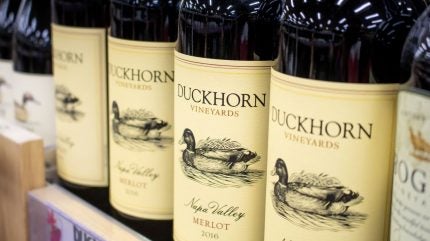
US wine group The Duckhorn Portfolio is a few weeks into its new ownership, with PE firm Butterfly Equity closing its $1.95bn acquisition of the Decoy and Sonoma-Cutrer owner just before Christmas.
Executives from Butterfly Equity and The Duckhorn Portfolio on how they plan to grow the business and their thoughts on the overall market for US wine.

US wine group The Duckhorn Portfolio is a few weeks into its new ownership, with PE firm Butterfly Equity closing its $1.95bn acquisition of the Decoy and Sonoma-Cutrer owner just before Christmas.